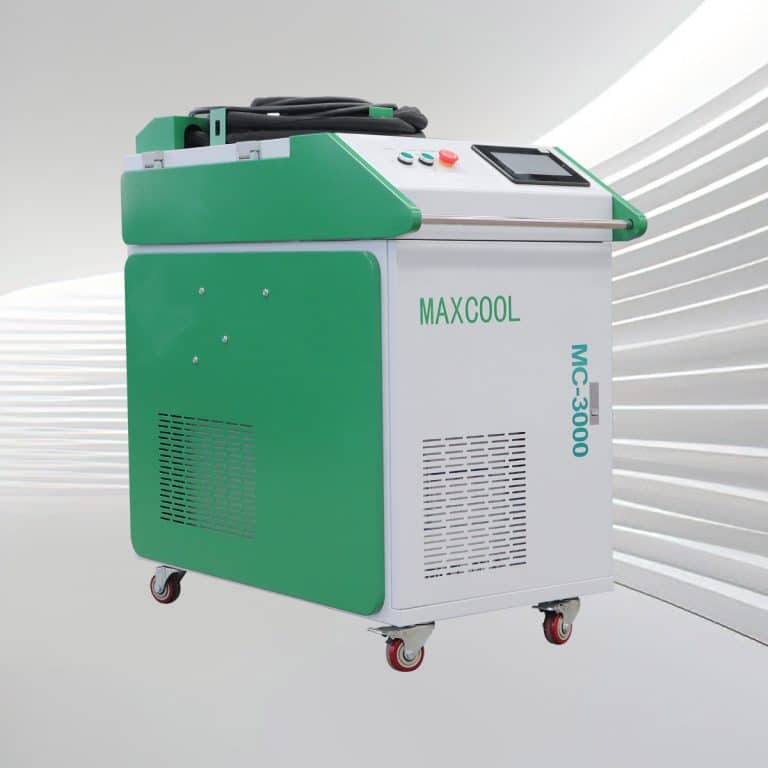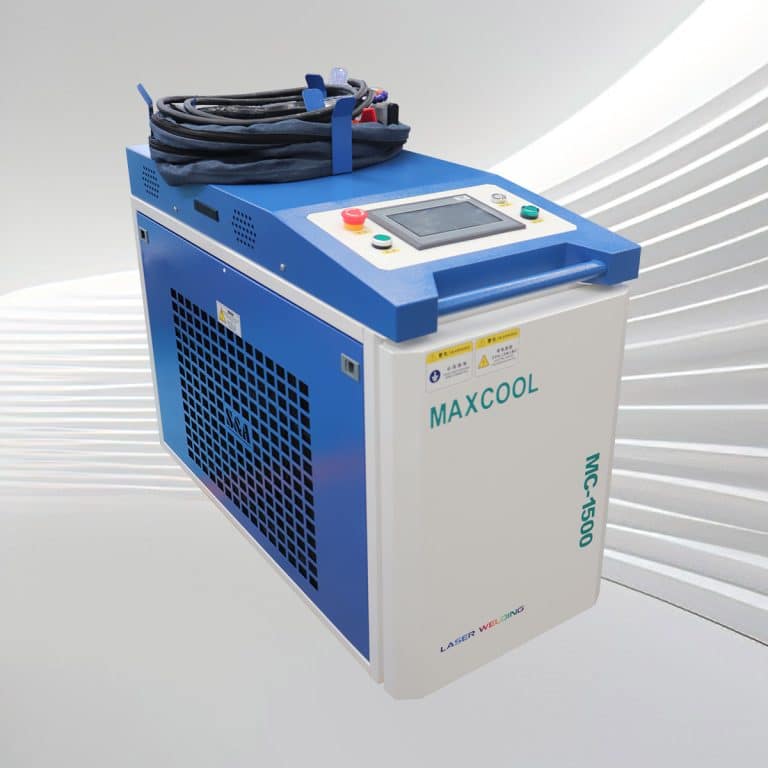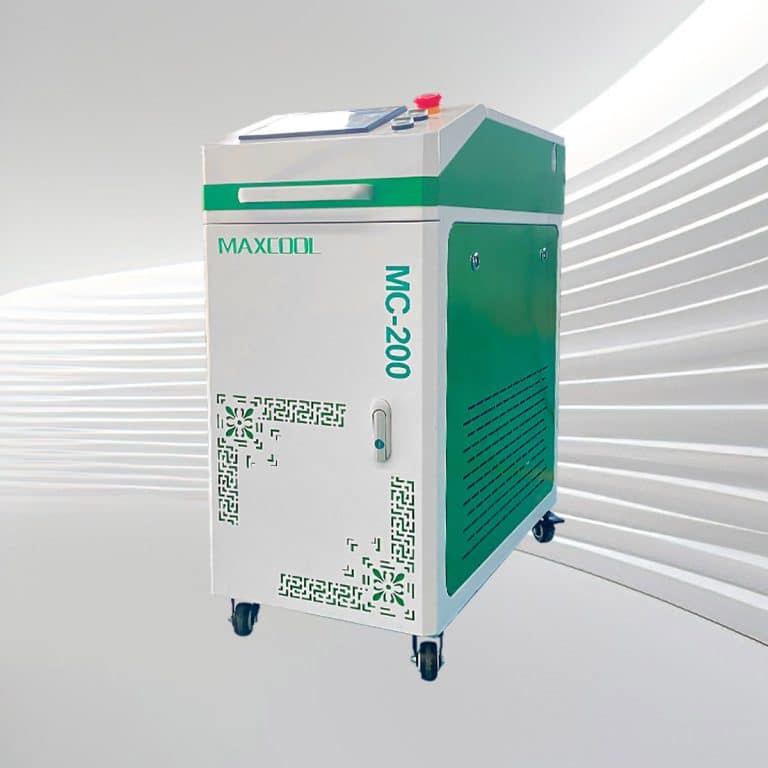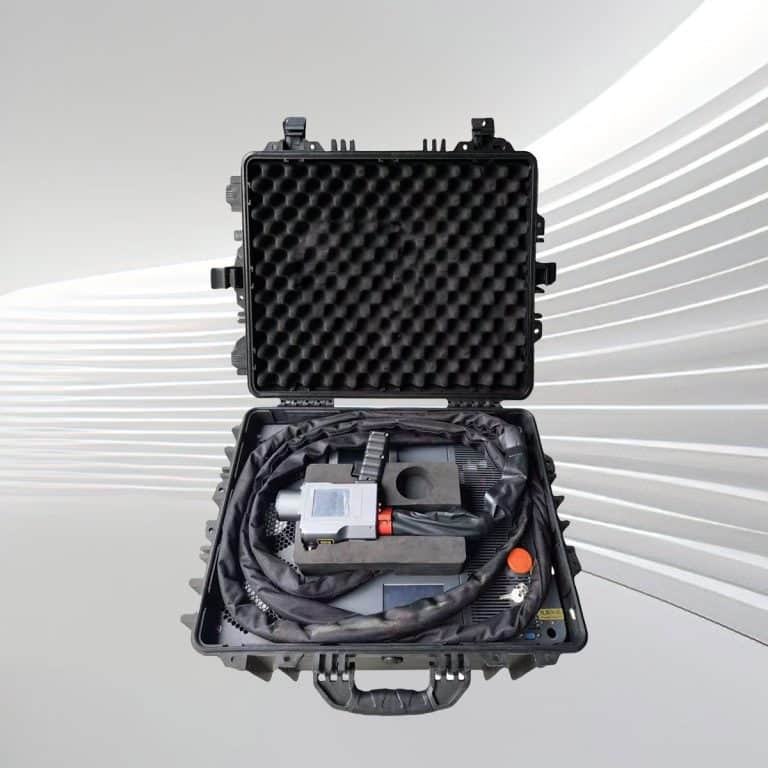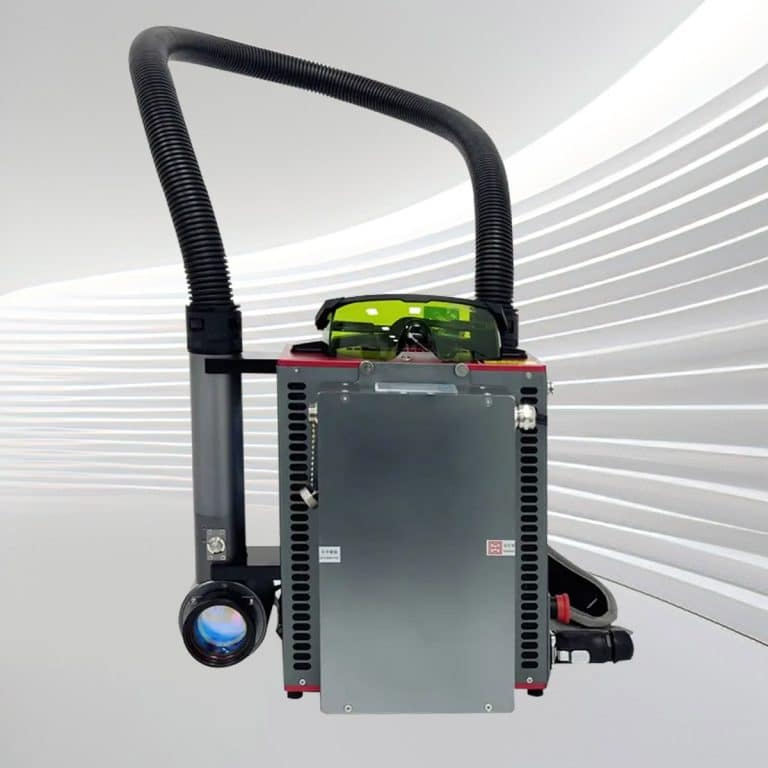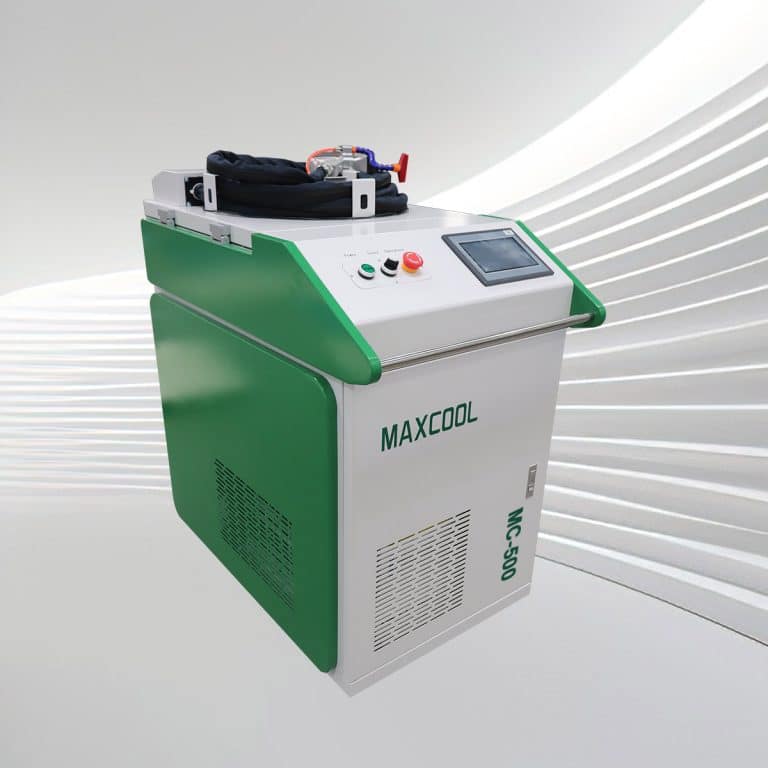Introduction
Available Models
Application
Plastic laser cleaning machines provide a safe and precise solution for cleaning and surface preparation across various plastic materials. Their versatility and efficiency make them ideal for a wide range of applications, including:
- Surface Preparation: Prepare plastic surfaces for painting, bonding, or coating by removing contaminants, grease, or residues, ensuring strong adhesion and a flawless finish.
- Mold Cleaning: Clean plastic molds used in manufacturing by removing residues, release agents, and buildup without damaging the mold’s surface, enhancing productivity and mold longevity.
- Automotive Components Maintenance: Clean plastic automotive parts, such as dashboards, trims, and panels, by removing adhesives, grease, or coatings, ensuring high-quality finishes during production or repair.
- Electronics Manufacturing: Clean plastic components used in electronic devices, removing dust, residues, or coatings to ensure optimal performance and precision assembly.
- Recycling and Reuse: Prepare plastic materials for recycling by removing labels, coatings, or contaminants, enhancing the quality and efficiency of the recycling process.
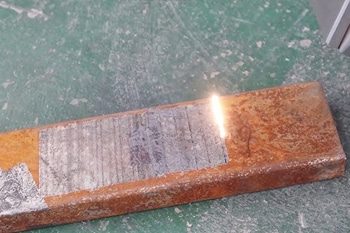
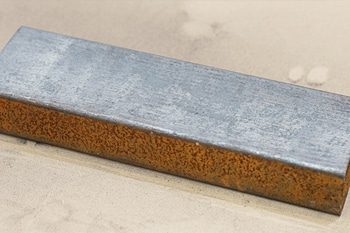
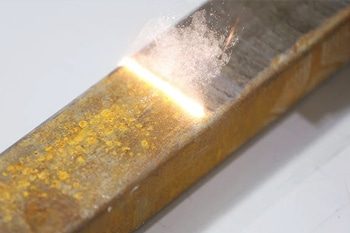
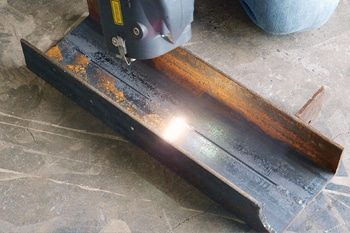

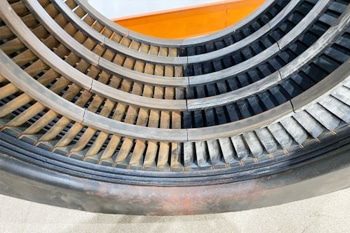
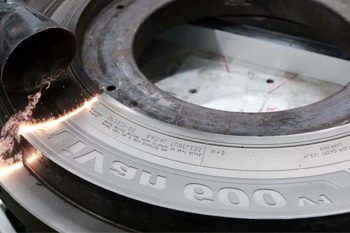
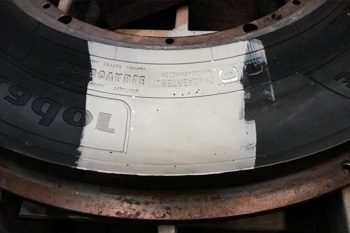
Comparison with Traditional Cleaning Methods
| Feature | Laser Cleaning | Sandblasting | Chemical Cleaning | Ultrasonic Cleaning |
| Precision | High precision, removes residues without damaging plastic surfaces | Low precision, can damage or warp plastics | Moderate precision, risk of discoloration or weakening | Effective for small parts, less suitable for large surfaces |
| Environmental Impact | Eco-friendly, no chemicals or abrasives used | Generates dust and abrasive waste | Uses harsh chemicals, creates toxic waste | Generally eco-friendly, but requires detergents |
| Cleaning Speed | Fast and efficient for both small and large surfaces | Moderate, depending on material and contaminant | Slow, involves soaking and rinsing | Moderate, best for small components |
| Setup Time | Minimal setup, ready to use quickly | Requires setup of abrasive materials and equipment | Involves chemical preparation and safety measures | Requires preparation of cleaning tanks and solutions |
| Safety | Non-contact, safe for operators and surfaces | Risks from flying debris, require PPE | Exposure to harmful chemicals, and strict handling needed | Generally safe, but limited for certain plastics |
| Waste Generation | Minimal, produces only vaporized particles | Significant abrasive waste and residue | Produces hazardous chemical waste | Minimal, but used solution disposal is required |
| Surface Compatibility | Suitable for delicate and heat-sensitive plastics | Abrasive, may damage or distort plastic surfaces | Can weaken or discolor certain plastics | Limited to small, non-porous items |
| Portability | Compact, portable models available for on-site use | Bulky, not easily portable | Fixed setups, not portable | Requires stationary tank setup |
| Operating Cost | Low long-term cost, no consumables required | Moderate, requires a constant supply of abrasives | High, due to continuous purchase of chemicals | Moderate, depends on cleaning solution usage |
| Durability | Durable components, minimal maintenance required | Equipment prone to wear from abrasives | Chemicals degrade over time, and frequent replacement is needed | Regular maintenance of equipment and solutions |
Why Choose Us
Cutting-Edge Technology
Maxcool CNC is committed to integrating the latest technological advancements into our machines. Our laser cleaning machines feature precise control, high efficiency, and superior performance, ensuring optimal cleaning results for various industrial applications.
Reliable and Durable Equipment
Our machines are built to last, with robust construction and high-quality components that guarantee long-term reliability and minimal maintenance. You can trust Maxcool CNC to provide equipment that withstands even the toughest environments.
Comprehensive Support
From pre-sales consultation to after-sales technical assistance, we are with you every step of the way. Our dedicated support team ensures you have all the information and help you need to maximize the value of your investment.
Sustainability and Efficiency
Maxcool CNC’s laser cleaning machines are designed with energy efficiency in mind, reducing power consumption without compromising performance. This not only lowers operational costs but also contributes to a more sustainable future.
Customer Reviews
Frequently Asked Questions
What Types of Plastic Can Be Cleaned With Laser Cleaning Machines?
What Safety Measures Are Required When Using Plastic Laser Cleaning Machines?
Does Laser Cleaning Produce Any Waste or Residue?
What Maintenance Is Required For Plastic Laser Cleaning Machines?
What Is The Lifespan of Plastic Laser Cleaning Machines?
Do Laser Cleaning Machines Require Special Training to Operate?
Related Resources
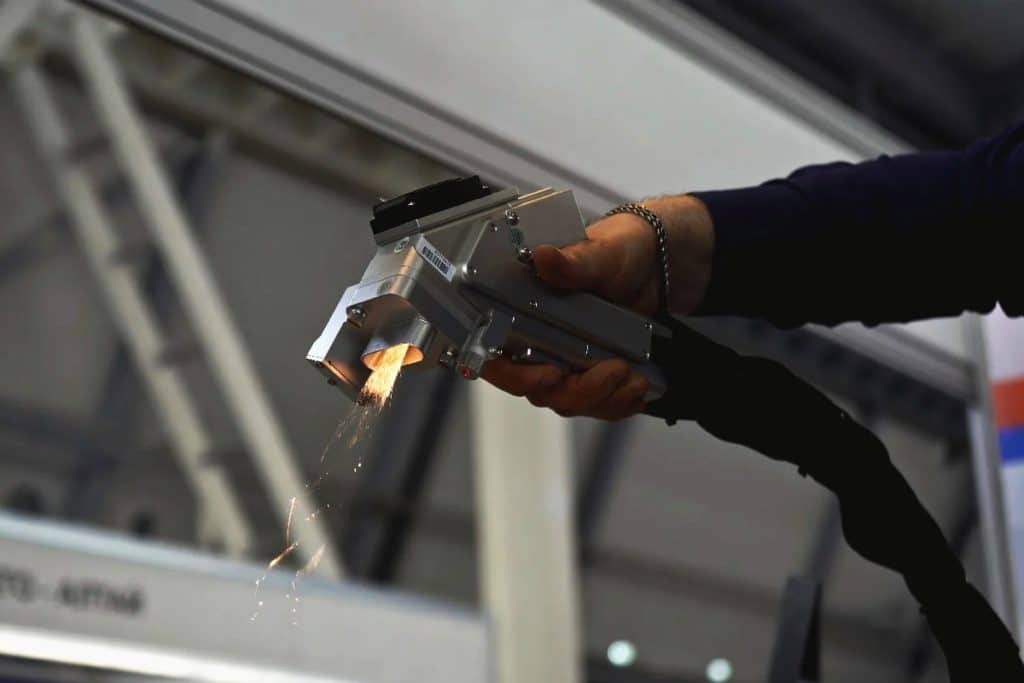
Laser Cleaning VS Dry Ice Blasting
Comprehensive guide comparing laser cleaning and dry ice blasting: principles, equipment, applications, speed, surface effects, safety, environmental impact, costs, and selection criteria.
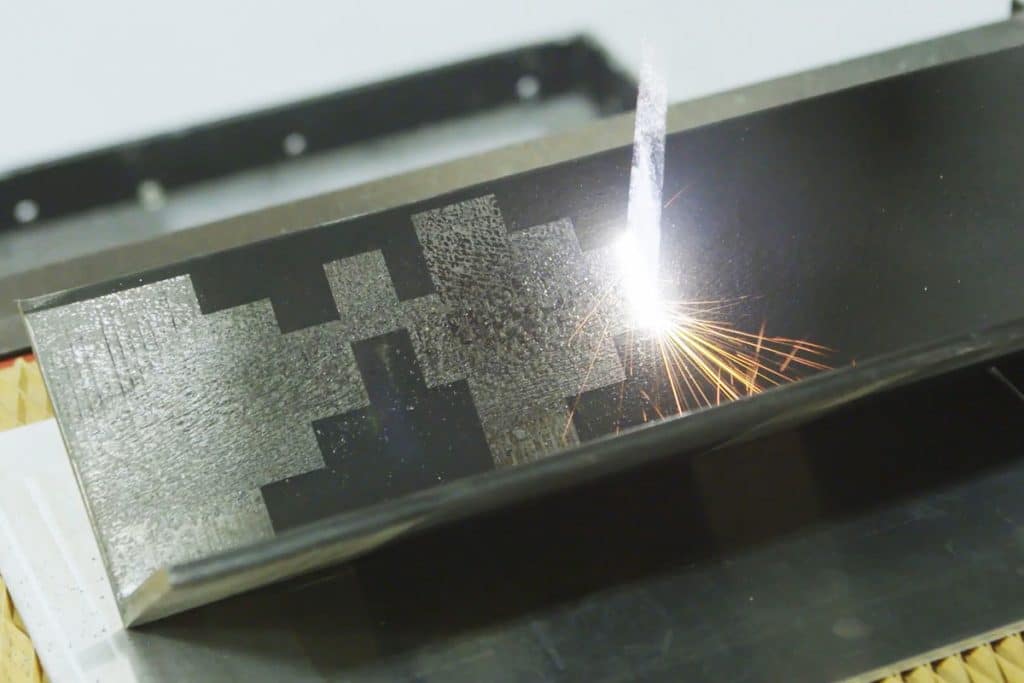
Applications of Pulsed Laser Cleaning
This article explores the diverse applications of pulsed laser cleaning across industries, highlighting its principles, benefits, and impact on modern maintenance and manufacturing.
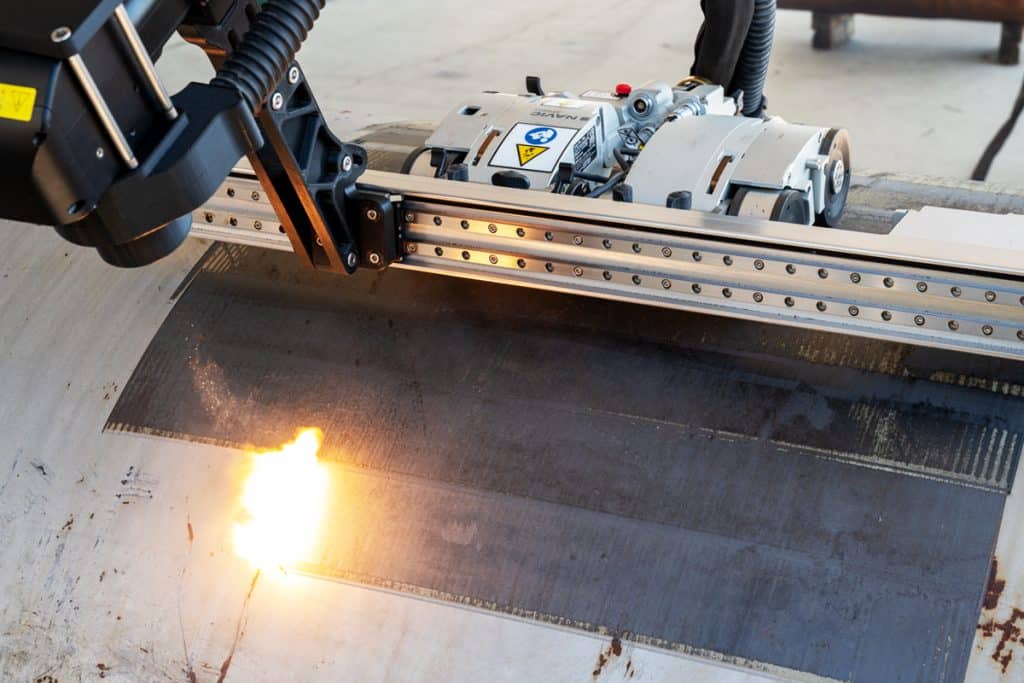
Does Laser Cleaning Affect Surface Roughness and Cleanliness?
This article explores the fundamentals of laser cleaning, its effects on surface roughness and cleanliness, key parameters, advantages, limitations, and applications across major industries.

